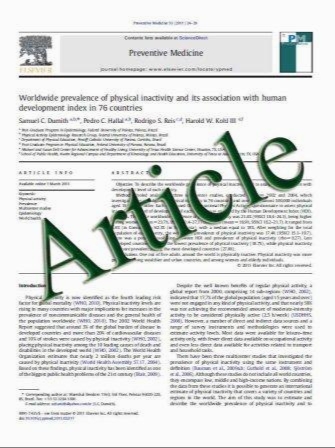Metabolomic profiling of the autosomal dominant polycystic kidney disease rat model
- نوع فایل : کتاب
- زبان : انگلیسی
- مؤلف : Takafumi Toyohara Takehiro Suzuki Yasutoshi Akiyama Daisuke Yoshihara Yoichi Takeuchi Eikan Mishima Koichi Kikuchi Chitose Suzuki Masa
- چاپ و سال / کشور: 2011
Description
Background Autosomal dominant polycystic kidney disease (ADPKD) is an inherited systemic disease characterized by renal cyst expansion, resulting in renal failure. With the progression of renal damage, the accumulation of uremic compounds is recently reported to subsequently cause further renal damage and hypertension. Finding uremic toxins and sensitive markers for detecting the early stage of ADPKD is necessary to clarify its pathophysiological process and to prevent its progression. The aim of this study was to analyze the profile of uremic retention solutes of ADPKD by capillary electrophoresis–mass spectrometry (CE-MS) using the Han:SPRD rat model. Methods Two hundred and ninety-seven cations and 190 anions were comprehensively analyzed by CE-MS in Han:SPRD rats and control rats. Results We found 21 cations and 19 anions that accumulated significantly in the heterozygous (Cy/?) ADPKD rat model compared with control rats. Among the compounds, increases in 5-methyl-20-deoxycytidine, glucosamine, ectoine, allantoate, a-hydroxybenzoate, phenaceturate and 3-phenylpropionate and decreases in 2-deoxycytidine, decanoate and 10-hydroxydecanoate were newly identified in the ADPKD Cy/? rats. Conclusion We identified uremic retention solutes in ADPKD Cy/? rats. Compounds related to ADPKD could be useful markers for detecting the early stage of ADPKD
Clin Exp Nephrol DOI 10.1007/s10157-011-0467-4 Received: 29 June 2010 / Accepted: 18 May 2011


